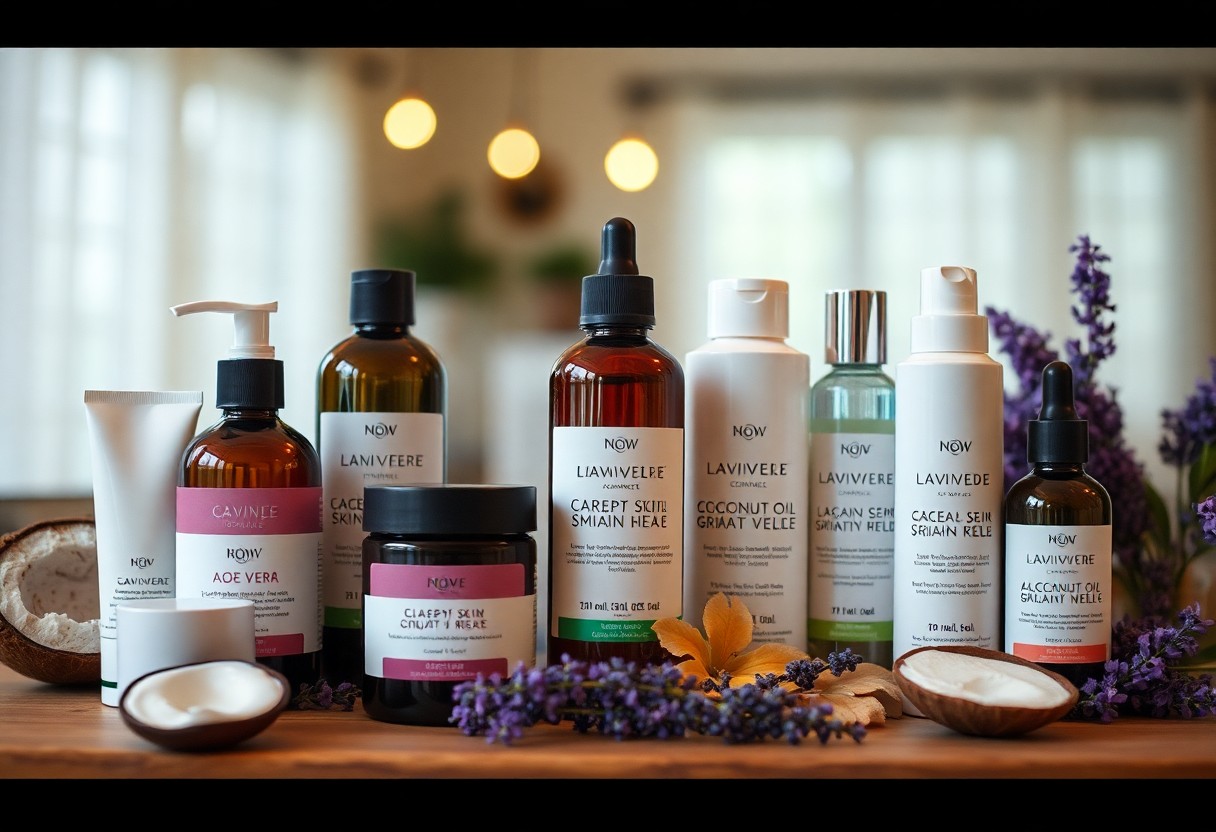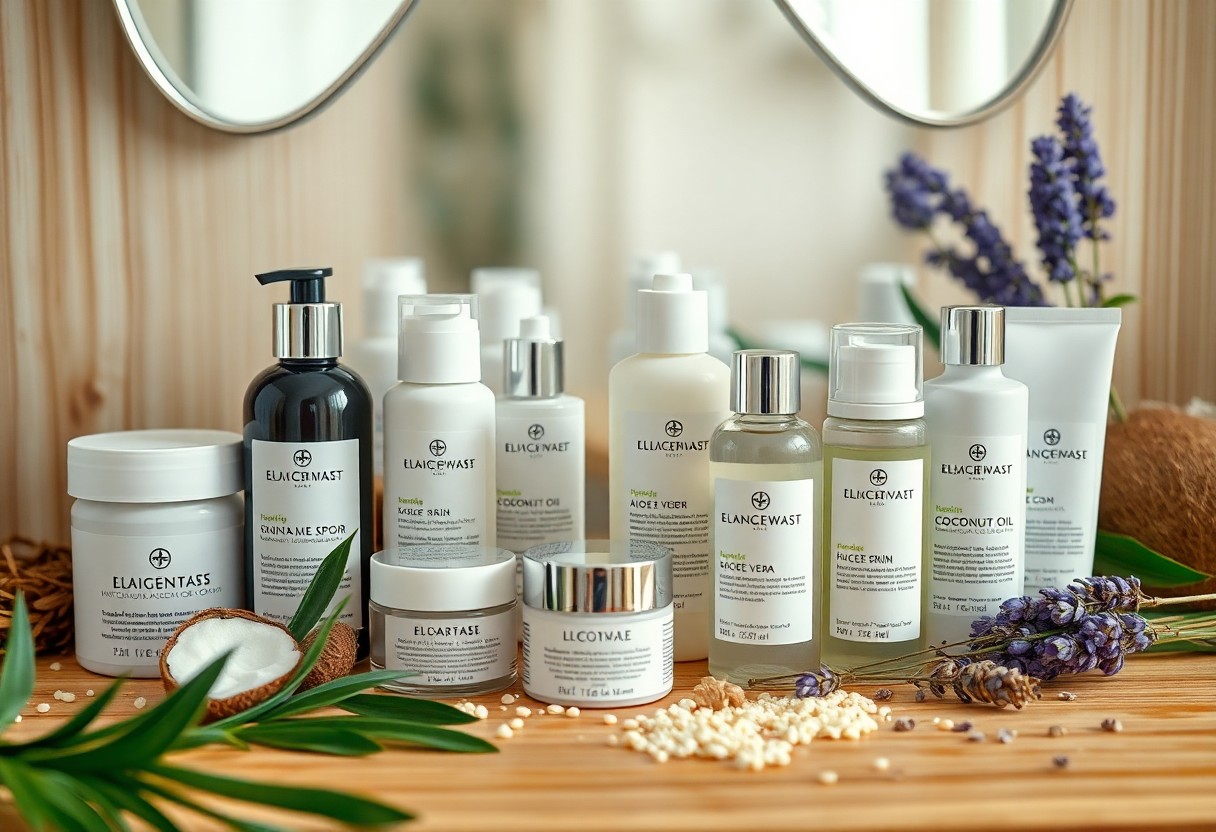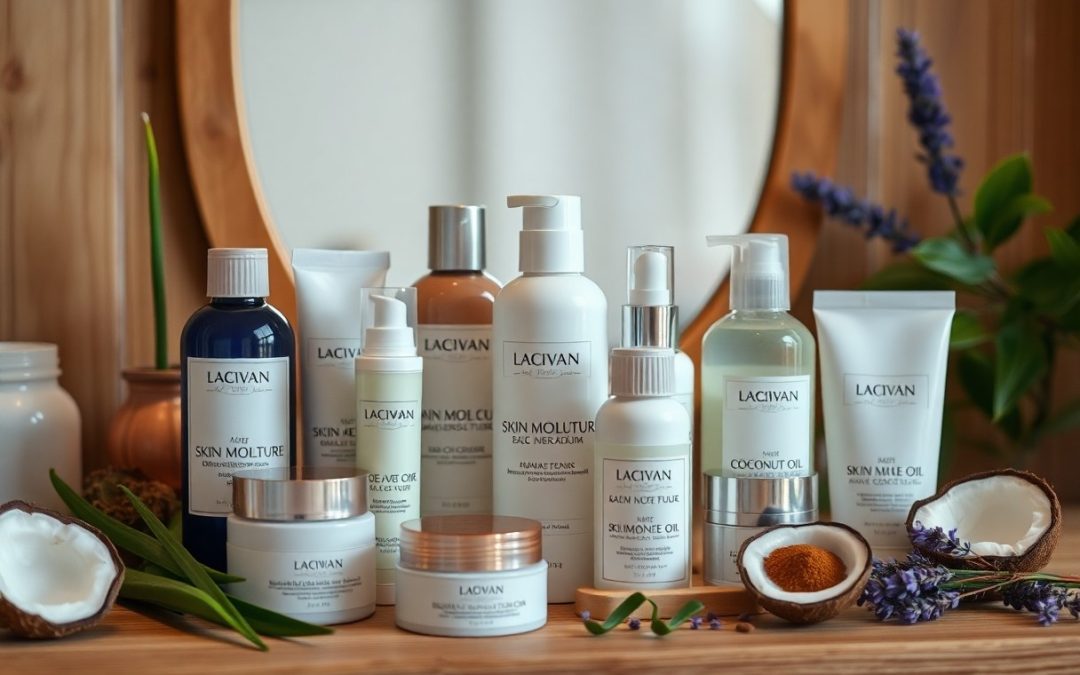You may be wondering how to choose the best skin moisturizer for your unique needs. This guide will help you navigate through the plethora of options available, highlighting key ingredients and types suitable for different skin concerns. From understanding the role of hydration to selecting products with effective formulations, you’ll gain important knowledge to keep your skin healthy and radiant. Whether you’re dealing with dryness, sensitivity, or oiliness, the right moisturizer can make all the difference in your daily skincare routine.
The Importance of Moisturizers
A proper application of a moisturizer is necessary for your skin’s health and hydration. It helps increase your skin’s water content, preventing dryness that can lead to discomfort and exacerbate conditions like eczema. Well-hydrated skin not only feels better but also appears plumper, reducing the visibility of lines and wrinkles. By reinforcing your skin barrier, a moisturizer protects against irritants, making it an important part of any skincare routine, regardless of your skin type.

Moisturizer vs. Hydrator: Understanding the Difference
While many use the terms moisturizer and hydrator interchangeably, it’s important to understand their distinct roles in your skincare regimen. A moisturizer works to seal moisture into your skin, reinforcing your natural skin barrier and preventing water loss. In contrast, a hydrator actively adds moisture to your skin by attracting it from the environment. Regardless of your skin type, incorporating a moisturizer into your daily routine can promote a healthier, more balanced complexion.

Types of Moisturizers
Before selecting a product, it’s necessary to understand the different types of moisturizers available. Each type is designed to cater to various skin concerns and conditions. Here’s a quick overview:
- Lotion: Light and ideal for normal skin.
- Cream: Thicker than lotions, great for drier areas.
- Ointment: The heaviest option, best for severely dry skin.
- Gel: Lightweight and often water-based, good for oily skin.
- Hybrid products: Gel-creams that provide a balance for combination skin.
Perceiving these differences will empower you to choose the right moisturizer for your needs.
| Type | Best For |
|---|---|
| Lotion | Normal skin |
| Cream | Drier skin |
| Ointment | Severely dry skin |
| Gel | Oily skin |
| Hybrid | Combination skin |
Lotions
The texture of lotions makes them a versatile choice for your skincare routine. They are lighter, making them perfect for daily use on normal to combination skin. If you have oily areas, applying a lotion can hydrate without feeling too heavy, ensuring your skin remains comfortable and balanced.
Creams
Moisturizers like creams offer a thicker consistency, which provides ample hydration for drier skin types. Their rich formula ensures that your skin remains nourished and protected, particularly during colder months when moisture loss is more likely.
Plus, many creams contain ingredients like ceramides and shea butter that help to repair and strengthen your skin barrier, providing long-lasting moisture throughout the day.
Ointments
Beside their ultra-hydrating nature, ointments serve as a robust protective layer for your skin. They are ideal for treating severely dry or flaking areas and are particularly beneficial for those with skin conditions like eczema.
Also, ointments are generally all about sealing in moisture due to their high oil content, making them the best choice for very dry skin and excellent for use in harsher climates.
Key Ingredients in Moisturizers
Even with the vast array of moisturizers available, knowing key ingredients can help you select the right product for your skin needs. Essential components like occlusives, humectants, and emollients each play unique roles in enhancing your skin’s hydration and overall health. Understanding how these ingredients work together will empower you to make informed choices for maintaining your skin’s balance and vitality.
Occlusives
Occlusives are ingredients that form a barrier on your skin, sealing in moisture to prevent water loss. They help create a protective layer that can keep your skin feeling hydrated longer. Common examples of occlusives include petrolatum, silicones, and lanolin, which are often found in heavy-duty moisturizers.
Humectants
For optimal hydration, humectants are vital as they draw water from the air and deeper layers of the skin to the surface. Ingredients like glycerin, hyaluronic acid, and urea can significantly enhance your skin’s moisture retention, leaving it looking plump and refreshed.
Also, when using products that contain humectants, it’s imperative to consider your environment, as they work best in humid conditions. These ingredients not only improve your skin’s moisture levels but also help smooth and soften its texture, making them an imperative part of any effective moisturizer.
Emollients
Moisturizers containing emollients can significantly improve your skin’s texture by filling in the gaps between skin cells. Ingredients such as ceramides and natural oils provide a smoothing effect, making your skin feel soft and supple. They can also help benefit conditions such as dryness, eczema, and psoriasis.
At the same time, emollients can have humectant or occlusive properties, making them versatile for various skin types. By providing much-needed hydration and creating a smoother skin surface, emollients are a key player in your skincare arsenal, ensuring your skin looks and feels its best.
Recommendations for Different Skin Types
Not every moisturizer suits every skin type, so it’s imperative to choose one that aligns with your specific needs. Here’s a quick guide to help you:
- Oily skin: Lightweight, oil-free moisturizers
- Dry skin: Rich creams or ointments for intense hydration
- Combination skin: Hybrid products or lotions to balance both areas
- Sensitive skin: Fragrance-free and hypoallergenic formulas
- Aging skin: Moisturizers with anti-aging ingredients like retinol and hyaluronic acid
Recognizing your skin type and its needs will lead you to the most effective products.
Oily Skin
For those with oily skin, a lightweight, non-comedogenic moisturizer is ideal. Gel-based formulas or lotions can hydrate without adding excess oil. Look for ingredients like salicylic acid or hyaluronic acid that help control shine while keeping your skin hydrated.
Dry Skin
Above all, using a rich cream or ointment is imperative for dry skin. Seek out products that contain occlusives like petrolatum or ceramides to help lock in moisture. Formulas with humectants, such as glycerin or hyaluronic acid, will provide additional hydration from the environment.
Understanding your skin’s needs is vital for maintaining its health. Dry skin often requires heavier products that protect and nourish the skin barrier. Choose thick creams or ointment-based moisturizers that offer a nourishing layer, preventing moisture loss while soothing irritation.
Combination Skin
Skin that is both oily and dry requires a tailored approach. You may want to use a lightweight moisturizer on oily areas and a richer cream on drier spots. Gel-cream hybrids can also be great for all-over hydration without clogging pores.
Skin patterns can vary throughout the year or even within the same day, so adapt your routine as necessary. Use targeted formulas to address dryness in specific areas while ensuring oily parts don’t feel overwhelmed by heavier products. This way, you keep your overall skin balance in check.
Common Mistakes When Choosing Moisturizers
Keep in mind that not all moisturizers are created equal, and choosing the wrong one can hinder your skin’s health. One common mistake is overlooking your skin type; for instance, if you have oily skin, opting for heavy creams instead of lighter lotions can lead to breakouts. Additionally, failing to check for noncomedogenic labels can result in clogged pores. Be aware of the product ingredients as well; products labeled only as hydrators may not seal in moisture effectively. Always aim for a balance tailored to your specific skin needs when selecting a moisturizer.
Conclusion
From above, you can see the importance of incorporating a moisturizer into your skincare routine, regardless of your skin type. By understanding the differences between lotions, creams, and ointments, as well as recognizing key ingredients like occlusives, humectants, and emollients, you can make informed choices that cater to your unique needs. Selecting the right moisturizer not only enhances your skin’s hydration but also promotes overall skin health and appearance.


